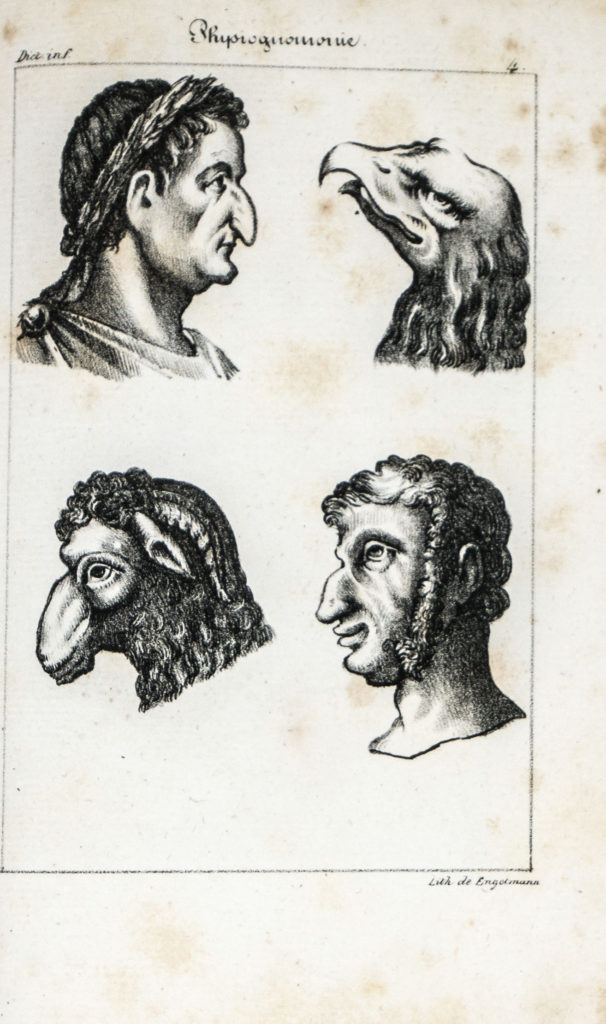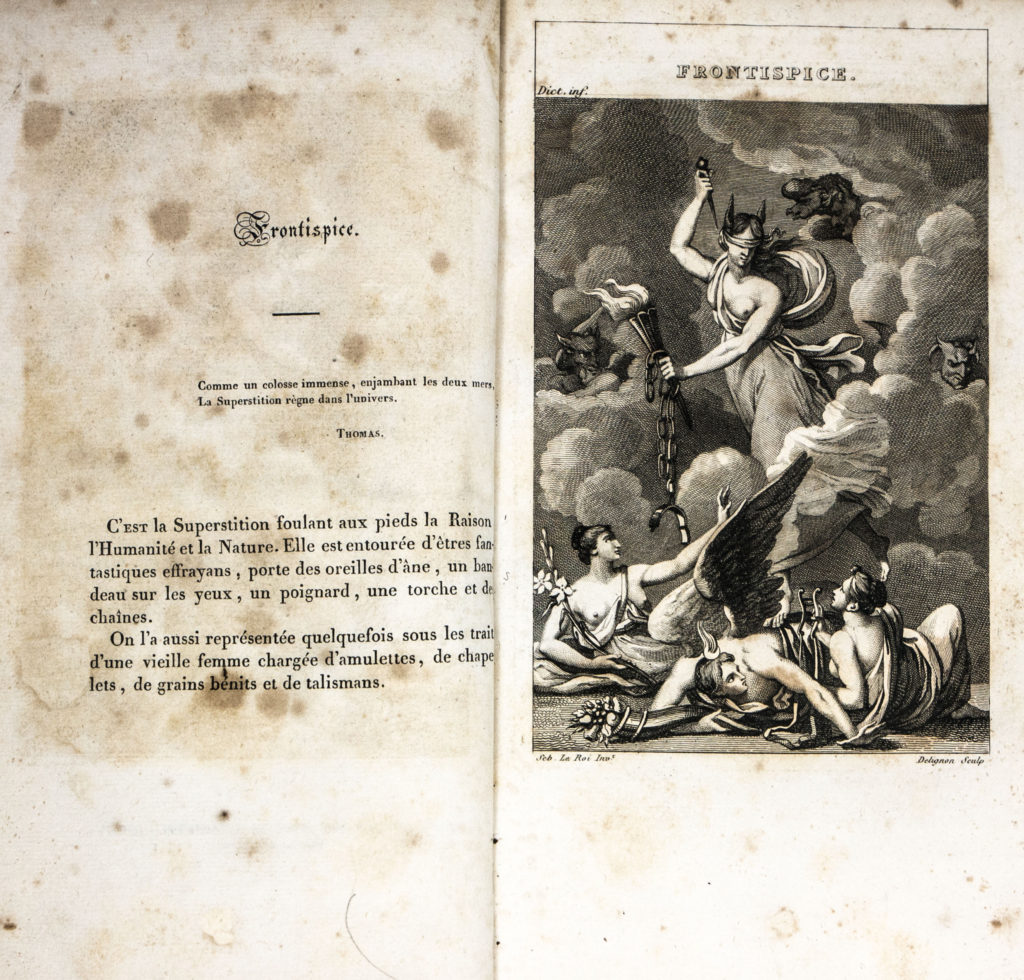
Many articles written in the Dictionnaire Infernal illustrate the author's vacillation between rationalism, faith, and willingness to believe without evidence. de Plancy collaborated with Jacques Paul Migne, a French priest, to complete a Dictionary of the occult sciences or theological Encyclopaedia, which is described as an authentic Roman Catholic work. This influence is most clearly seen in the sixth and final 1863 edition of the book, which is decorated with many engravings and seeks to affirm the existence of the demons. In later years, De Plancy rejected and modified his past works, thoroughly revising his Dictionnaire Infernal to conform with Roman Catholic theology.

By the end of 1830 he was an enthusiastic Roman Catholic, to the consternation of his former admirers. The skepticism of Collin de Plancy increasingly subsided over time. Theologians should leave to the poets the depiction of Hell, and not themselves seek to frighten minds with hideous paintings and appalling books". All the catalogues made herebefore are only the fruit of a more or less disordered imagination. But only God could know the punishments meted out to the guilty, or the place that holds them. For example, the book reassures its contemporaries as to the torments of Hell: "To deny that there are sorrows and rewards after death is to deny the existence of God since God exists, it must be necessarily so. Influenced by Voltaire, Collin de Plancy initially did not believe in superstition. MacGregor Mathers's edition of The Lesser Key of Solomon. Many but not all of these images were later used in S.


There were several editions of the book perhaps the most famous is the 1863 edition, which included sixty-nine illustrations by Louis Le Breton depicting the appearances of several of the demons. This book attempts to provide an account of all the knowledge concerning superstitions and demonology.It lists, describes, and provides illustrations of a variety of demons, including most of the Goetia, as well as demons pulled from other religions (such as Hinduism) and re-branded as Christian demons. Dictionnaire Infernal was first published in 1818 and then divided into two volumes, with six reprints-and many changes-between 18.


 0 kommentar(er)
0 kommentar(er)
